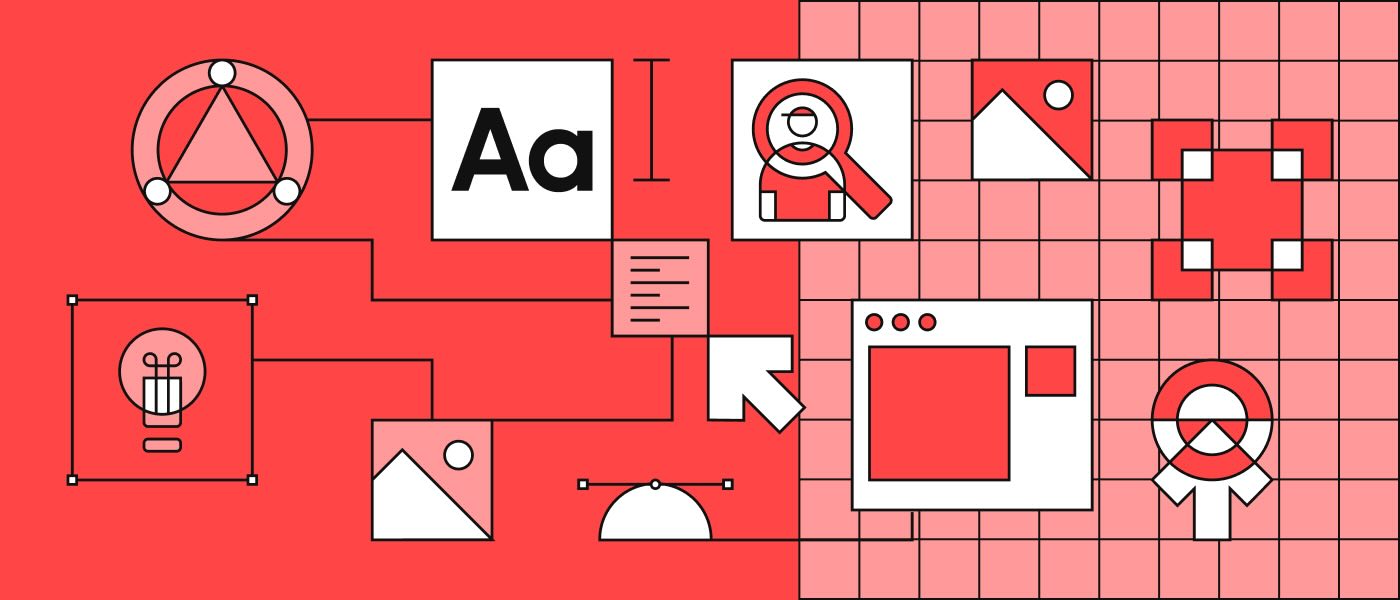Fintech Web Development

Discover the essentials of fintech web development for modern financial services. Learn how optimized web design drives trust, usability, and digital performance.
Fintech Web Development for Financial Services
Specialised web development decides how fast you launch, how safe you operate, and how much users trust you.
Understanding the Role of Web Development in Fintech
In finance, web development is product delivery. It connects onboarding, Know Your Customer (KYC), card issuing, payments, and support into one reliable flow. A polished interface is not enough. The code beneath it must be fast, secure, and easy to extend.
At FF Next, we focus on UI-heavy development for banks and fintechs. We turn validated prototypes into pixel-accurate builds, then ship with a clean design-to-dev handoff. You get a working product that matches the figma, passes compliance, and scales with your roadmap.
The Evolution of Financial Services Websites
Customer expectations changed. Users now expect instant onboarding, strong security, and human support inside the product. Traditional brochure sites became full platforms with dashboards, identity checks, and live data from core banking and risk tools.
Banks invest in modern stacks to cut cost-to-serve and improve conversion at every step. We have seen this across 20+ countries, from youth banking to SME credit. Recognition from industry awards and partners confirms what users feel when the flow works on the first try.
Design Principles for Financial Web Design
Trust is the number one feature. Your site should look credible and behave predictably. Clear language, simple forms, and obvious next steps help users finish key tasks like signup or a loan application.
Accessibility matters in finance. WCAG-aligned color contrast, keyboard navigation, and readable type increase reach and reduce errors. Every layout must respond well on mobile and large screens so users can check balances, move money, or upload documents anywhere.
- Prioritise clarity over decoration
- Keep actions single-purpose and labels plain
- Use consistent components for inputs, tables, and alerts
These rules reduce cognitive load and prevent costly mistakes during onboarding or payments.
Key Components of Fintech Web Development
A strong fintech site stands on solid foundations. That includes a clean backend, good database design, secure APIs, and integrations that do not break when you scale.
- Backend and databases. Choose proven frameworks, typed code, and relational data models for auditability. Build clear domain boundaries so changes do not ripple across the stack.
- Integrations and APIs. Connect KYC/AML, card processors, payment gateways, core banking, risk scoring, and analytics with stable contracts. Version APIs and monitor them.
- Secure architecture. Follow least privilege. Encrypt at rest and in transit. Log key events for audits.
After launch, these choices keep delivering fast. Feature work becomes predictable instead of stressful.
UI/UX Design Best Practices in Financial Platforms
User-centered design drives adoption and retention. Start with research, clickable prototypes, and usability tests. Validate core flows before you code. We run this end-to-end: UX research, UX/UI, and implementation.
Make forms short and forgiving. Auto-save progress. Offer clear error help in plain language. For data-heavy screens, show summaries first, then allow drill-down. In mobile banking app design, put the top three actions on the home view and keep everything one tap away.
Compliance and Security in Fintech Web Design
Compliance and security are product features. Good design reduces risk and audit work.
- Regulations. In the EU, design for PSD2 and GDPR from day one. Ask only for data you truly need. Provide clear consent and data export.
- Identity and fraud. Embed KYC flows that handle document capture, liveness, and sanctions checks. Use step-up auth for risky actions.
- Security controls. Enforce role-based access. Use Web Application Firewalls, Content Security Policy, and rate limits. Log every sensitive event.
A well-designed consent and permission model often prevents support tickets and speeds audits.
Developing for Scalability and Performance
Finance workloads spike on payday and during campaigns. Your site must stay fast under load. Aim for a sub-100 ms API response for common actions. Keep Time to Interactive low with server-side rendering and code splitting.
Design for scale early. Use queues for long tasks like statement generation. Cache read-heavy data behind token-aware layers. Plan blue-green or canary deployments so releases are boring, not risky.
Mobile-First and Responsive Design Strategy
Most users will visit first on a phone. Build mobile-first layouts, then scale up to desktop. Optimise touch targets, form inputs, and biometrics login. For emerging markets or youth users, the entire onboarding should be doable on mobile with document capture that works on low light and low bandwidth.
We ship UI-heavy builds that match your prototype on both platforms. Our white-label fintech modules for onboarding, cards, and youth banking reduce time to market while keeping your brand intact.
Fintech CMS and Platform Integrations
Many teams need a CMS for marketing pages and regulated content like tariffs or disclosures. We set up headless CMS options that keep content separate from product code, with workflows for legal approvals.
Integrations matter more than features. Common connections include CRMs, payment processors, analytics, customer support chat, knowledge bases, and core banking. We wrap each in typed clients and health checks, so failures degrade gracefully and do not block the user.
Case Examples: Fintech Web Development in Action
Youth banking launch. A startup targeting teens needed a mobile-first onboarding with parent approval. We built a validated prototype in two weeks, shipped a pixel-accurate UI in six, and connected KYC and card issuing with clear consent steps. Result: activation rate up 27 percent and a drop in support tickets during signups.
SME lending upgrade. A lender’s web app had long forms and a slow load. We redesigned the flow, added document auto-extract, and refactored the backend endpoints. Result: time-to-offer down from 48 hours to 12, with a measurable lift in completed applications.
Frequently Asked Questions
What makes fintech web development different from general web development?
Fintech products must handle sensitive data, money movement, and audits. The bar for security, uptime, and traceability is higher. You also need clean flows for KYC, payments, and support, not just a CMS site. Our team blends UI-heavy development with banking domain knowledge, including youth banking and white-label fintech modules, so design decisions match regulatory reality.
How does web design impact user trust in financial websites?
Trust comes from clarity and consistency. Clear labels, helpful errors, and predictable layouts reduce drop-off. Accessibility and responsive design increase confidence for all users. Visual polish helps, but small details like masked inputs, secure badges, and visible support options matter more. We validate these through quick usability tests before we code.
What security features are essential in a fintech website?
Start with secure auth, MFA, and role-based access. Add input validation, CSP, TLS, and strict session rules. Log sensitive actions and protect PII with encryption. Build PSD2- and GDPR-aware consent and data export. For payments and cards, use tokenisation and follow PCI guidance. We design security into the architecture and review it during implementation.
Can traditional financial institutions benefit from fintech web design principles?
Yes. Principles like user-centered flows, rapid prototyping, and modular APIs help large banks modernise without replatforming at once. We often start with a front-end layer that talks to existing systems through a stable API gateway. That reduces risk and shows value early.
What are the best practices for building scalable fintech websites?
Keep services small and well-typed. Use queues for long tasks, caches for read traffic, and observability from day one. Automate tests and deployments. Profile performance often, not only before launch. Plan blue-green or canary releases. These habits keep features shipping while uptime stays high.
How FF Next helps
We specialise in UI-heavy development that delivers pixel-accurate builds from validated prototypes. Our team brings deep fintech and banking expertise, including youth banking and white-label modules that speed go-live. We work end-to-end, from UX research to UX/UI to implementation, with a strong design-to-development handoff that engineers love to use.
Global delivery is part of how we operate. We have shipped in 20+ countries and earned notable recognition from industry partners. Whether you need mobile banking app design, fintech product design, or a full web platform, we can help you move from idea to shipped product without losing speed or quality.













